by Pinchas Cohen
Key Events
- Friday’s US tech selloff survived the weekend and has spread to the Asian markets—from Seoul to Hong Kong, and continued straight into European trading.
- The pound stabilized, after Friday’s crash on the UK’s mixed election results. However it failed to bounce against resistance, suggesting it may continue to decline.
- The dollar's rise on Friday against a weak euro and pound is proving to be nothing more than a correction; it is trading according to its downtrend.
Global Affairs
The tech sector selloff that started in the US on Friday, when FANGs and related NASDAQ stocks fell, continued this morning in Asian markets, led by Samsung Electronics (KS:005930) and Tencent Holdings (HK:0700).
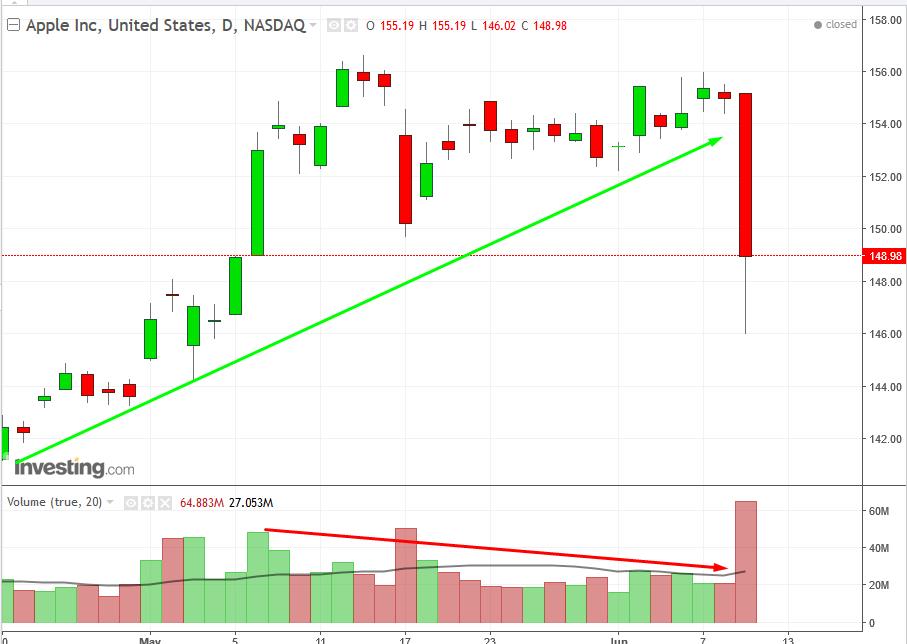
Friday’s tech sell-off was ignited by Robert Boroujerdi, global chief investment officer at (NYSE:Goldman Sachs), who warned that extremely low volatility after high valuations may leave investors holding assets that are overvalued. While a negative volume divergence is a red flag on any day, when the US's US's FAAMG tech leaders— Facebook (NASDAQ:FB), Amazon (NASDAQ:AMZN), Apple (NASDAQ:AAPL), Microsoft (NASDAQ:MSFT) and Alphabet (NASDAQ:GOOGL)—became heavily overvalued, it becomes an extreme risk.
Note however, that this may not be as extreme as it seems at first glance: traders often sell their stakes in an overbought asset and choose to reinvest into stocks that have a lower valuation and lower volume of shares. The FAAMG's remain reliable assets overall, but traders may be shifting out of mega-cap techs for now, on possible profit-taking.
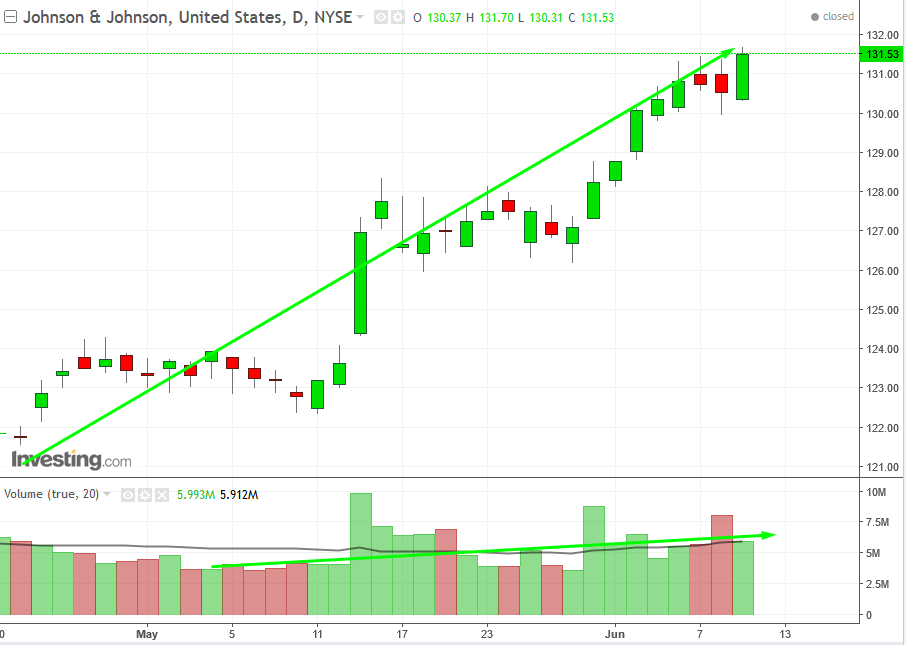
Johnson & Johnson (NYSE:JNJ) for example, is the biggest non-tech stock in the S&P 500 index. In stark contrast to Apple’s diminishing volume on its price rise, Johnson & Johnson’s volume has risen together with the price, demonstrating that a rising interest in the stock can support the rising price. When a rising price is followed by diminishing interest, fewer investors will be left holding devalued stocks.
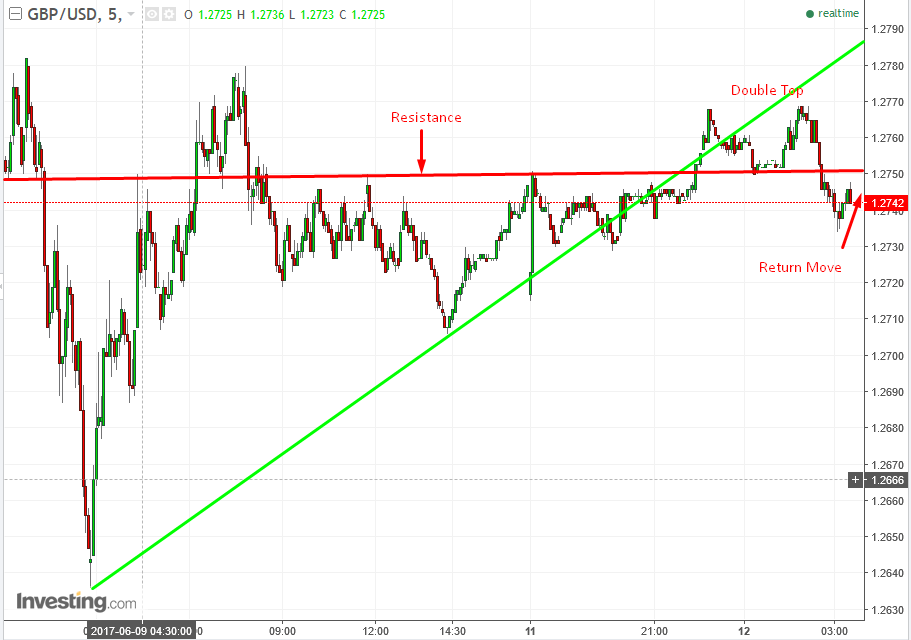
Tech stocks are also the worst performing sector in Europe this morning, down by more than 2 percent on the STOXX 600.
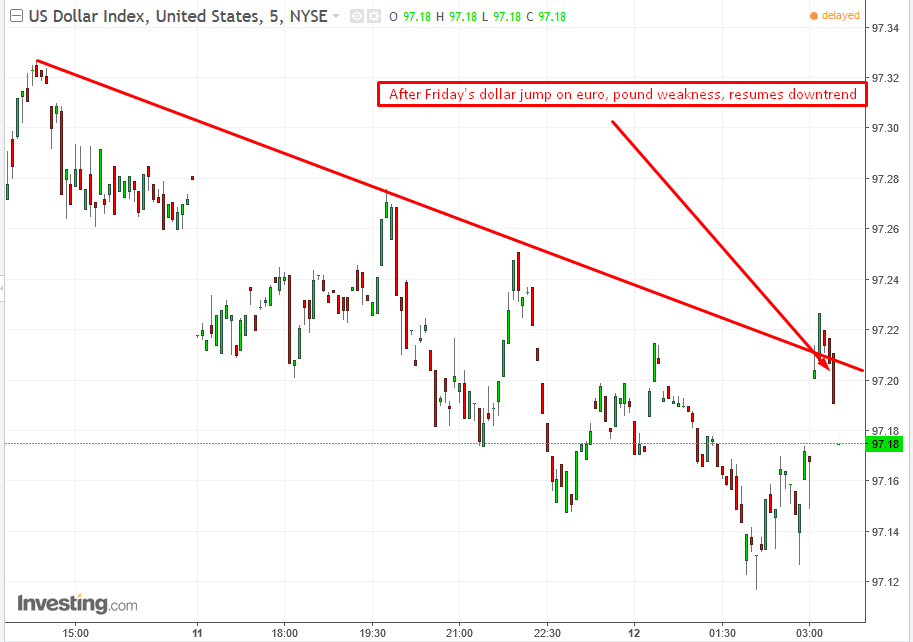
The market narrative has it that European stocks are declining on the UK's political risk, but in our view, a weaker UK gives the EU the upper hand in the Brexit negotiations.
It was no surprise then that the dollar’s jump on Friday wasn’t on the greenback's strength, but on euro and pound weakness. Draghi’s lower inflation projection for the eurozone and the political chaos that is expected to ensue in the UK led to the weakened status of both European currencies. Today, the dollar reached its downtrend line and sharply declined, suggesting that Friday’s jump was nothing more than a correction.
The US dollar is still subject to considerable political headwind at home, after Attorney General Jeff Sessions offered to testify in front of the Senate Intelligence Committee to answer questions about alleged Russian involvement in President Donald Trump's campaign.
Up Ahead
We may get our first clues on Theresa May’s chances of keeping her job when she addresses the 1922 Committee of rank-and-file Tory lawmakers on Monday. Short-term traders of the pound should pay attention. Every word and reaction will almost certainly have a strong impact on cable’s value.
The FOMC’s quarter-percent hike, for the second time this year, is already priced in, but what will make the dollar move is the Fed’s response on the recent string of disappointing economic data and details regarding rolling back the US's $4 trillion balance sheet.
Central banks in Japan and the UK also will be holding policy meetings this week. The former has been under a lot of pressure to start talking – on any level – about its balance sheet, and the UK is forecast to keep its interest rate unchanged at a record low. The overwhelming political and economic future vis a vis the Brexit uncertainty is not the time for the BOE to make any changes.
Market Moves
Stocks
- Japan’s TOPIX was little changed.
- The Nikkei 225 stock average slid 0.5 percent, weighed down by declines in Fast Retailing (T:9983) and Softbank (T:9984).
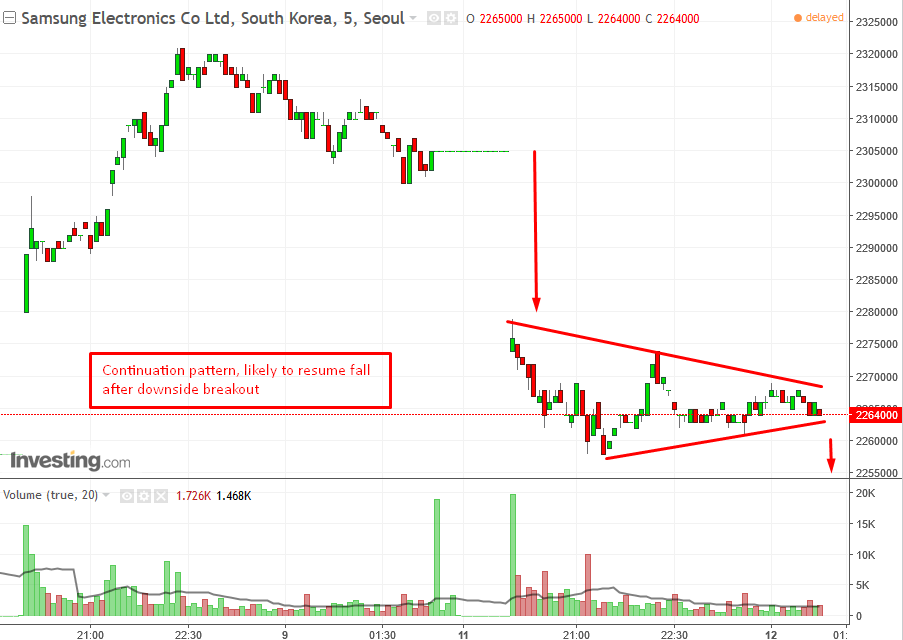
- South Korea’s KOSPI lost 1 percent, with Samsung slumping 1.6 percent.
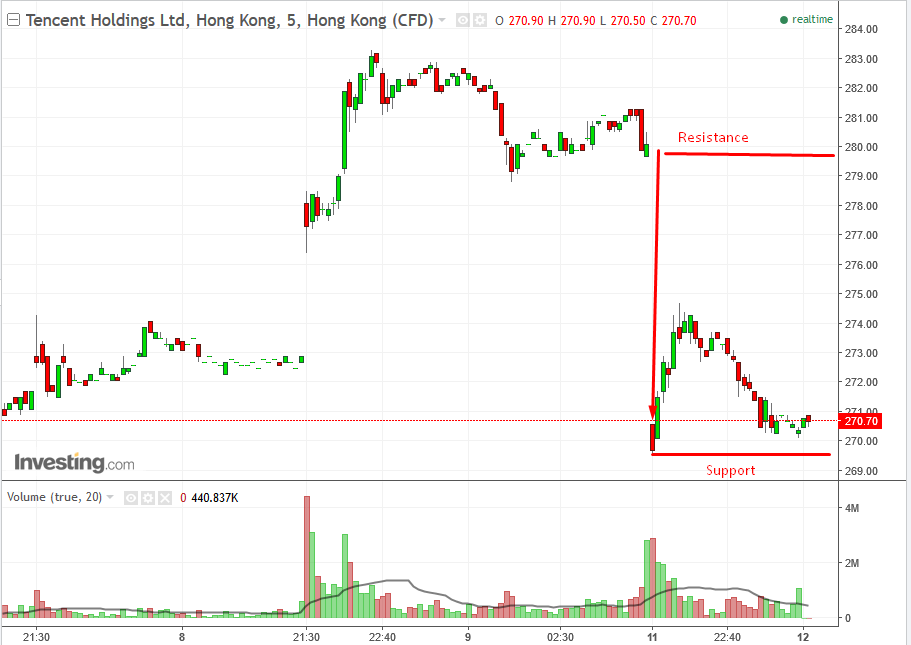
- Hong Kong’s Hang Seng Index declined 1.1 percent, as Tencent Holdings fell 2.2 percent.
- China's Shanghai Composite retreated 0.6 percent, after a four-day rally.
- Markets in Australia, Malaysia and the Philippines are closed for holidays.
- The Stoxx Europe 600 Index slid 0.5 percent as of 8:18 a.m. in London, with ASML Holding (AS:ASML) dropping 3.4 percent.
- S&P 500 Futures slipped 0.1 percent. The benchmark gauge fell 0.1 percent on Friday, while the tech-heavy NASDAQ dropped 1.8 percent. Apple sank 3.9 percent, while Microsoft, Amazon, Facebook and Alphabet all lost more than 2 percent.
- General Electric (NYSE:GE) shares are up 1.27% as of this writing in pre-market trading, on this morning's announcement that CEO Jeff Immelt will step down. He'll be replaced in August by John Flannery, currently president and CEO of GE's Healthcare division.
Currencies
- The pound was flat at $1.2741, after falling as much as 0.3 percent and gaining as much as 0.2 percent earlier in the day. The currency lost 1.6 percent on Friday.
- The euro rose 0.1 percent to $1.1208.
- The Dollar Index is down 0.15% after climbing 0.65% in the previous three sessions.
- The South Korean won dropped 0.4 percent.
- The yen was steady at 110.28 per dollar, after three days of declines.
Bonds
- The yield on 10-year Treasuries headed higher for a fourth day, advancing two basis points to 2.22 percent.
- U.K. benchmark yields were flat, after dropping three basis points on Friday.
- French yields slipped two basis points while those in Germany were little changed.
Commodities
- West Texas crude dropped 0.2 percent to $45.76 a barrel, reversing an earlier gain that came after Saudi Arabia and Russia sought to reassure investors that coordinated production cuts by OPEC and its partners are draining a global glut. Oil slumped almost 4 percent last week amid an unexpected increase in U.S. stockpiles.
- Gold was little changed at $1,266.49 an ounce, after three days of declines.
